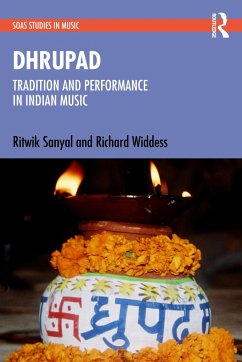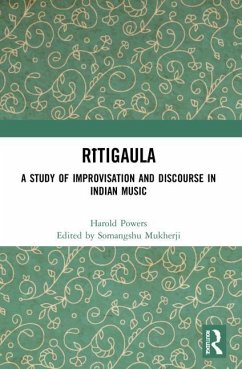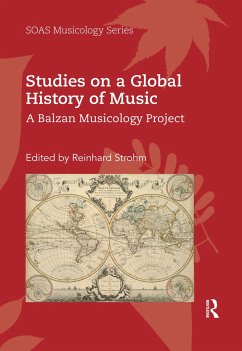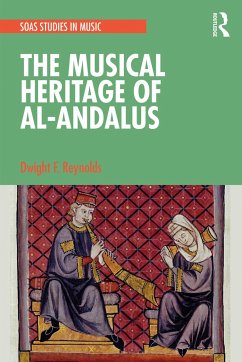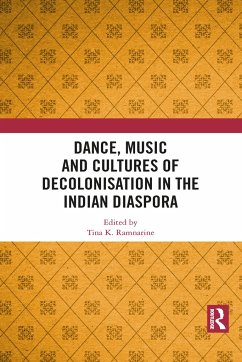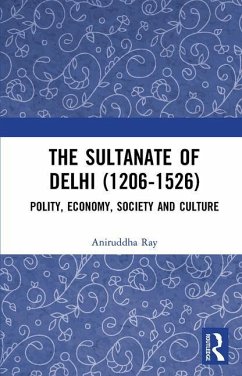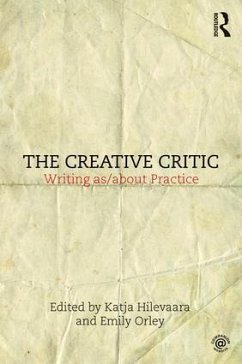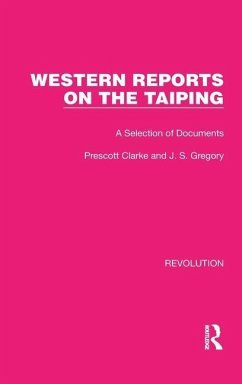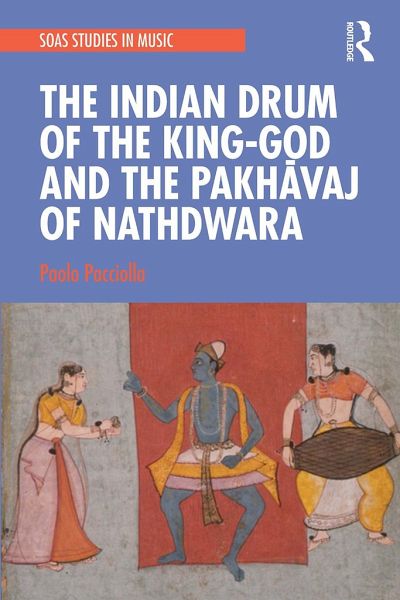
The Indian Drum of the King-God and the Pakh¿vaj of Nathdwara
Versandkostenfrei!
Versandfertig in 6-10 Tagen
46,99 €
inkl. MwSt.
Weitere Ausgaben:

PAYBACK Punkte
23 °P sammeln!
The book studies the evolution of the ancient drum m¿da¿ga into the pakhavaj, crossing more than 2,000 years of history. While focusing on the Nathdwara school of pakhavaj, the author joins ethnographic, historical, religious and iconographic perspectives to argue a multifaceted interpretation of the role and function of the pakhavaj in royal courts, temples and contemporary stages. Furthermore, he offers the first analysis of the visual and narrative contents of its repertoire.





